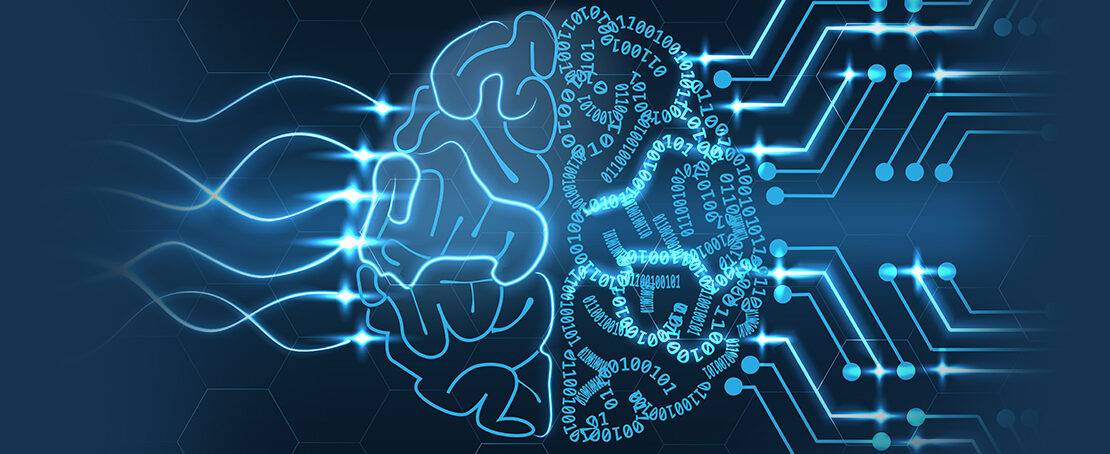- January 7, 2022
- Posted by: Adhithya S
- Category: AI/ML

The Internet so Far
The internet so far has enhanced its services in innovative ways every passing year. The
invention of the world wide web has been a very consequential one in the history of our
species. Although it has been around for a little over two decades, we are far from
experiencing the true potential of interconnectedness on the web. In 2021, we were at a
transitioning stage where we have the voice to text technology and artificial intelligence
helping us in multiple facilities such as navigation, communication & lifestyle accessories
such as smart appliances.
This provided very little avenues for user interaction, which restricted the kind of data
that could be accessed. It was also called the Static Web for this reason. Although this made
finding information extremely difficult, it stayed the most dependable source of information
for many until the arrival of Web 2.0 in 2005, which is still being used predominantly across
the globe.
In the past decade, the significance of social media and personalized media has become a
very important facet of human interaction. Social Media has made the internet a medium of
sharing user-generated content as opposed to how it was merely used as a repository of
information to be tapped into by the general public.
A New Era for the World Wide Web
Web 3.0 is set to be a new and improved version of the internet that was redirected by the inventor of the first iteration, Tim Berners-Lee. When asked about the future of the internet, he stated that the Semantic Web would analyse all data on the World Wide Web including simple mechanisms of trade & bureaucracy, – serving as “intelligent agents” that understand and exchange information intuitively.
Some consulting groups such as Deloitte US, were pushing for the idea that Web 3.0 would
be close to the idea of a Spatial Web. This means the day-to-day activities such as business
calls, shopping and entertainment are rendered possible through IoT devices and augmented
realities that can make data work fairly more efficient above all things. Essentially, it
becomes a more streamlined and hyper-user centric experience where machine learning
facilitates the AI solutions to enrich and further personalise user interactions.
How can Artificial Intelligence aid in the rise of Web 3.0 and to a whole new ecosystem of information gathering for internet users? Read on to find out more about Web 3.0 and its rich model of networks.
Enquire now
The Tenets of Web 3.0
The core feature of Web 3.0 includes the decentralization of information. In this era of Web
2.0, machines use the HTTP protocol to form distinctive web addresses stored on a single
server in a fixed location. With Web 3.0’s advent, information will be sought based on
content needs, wherein it may be stored in multiple locations simultaneously. This would
break the monopoly of big internet giants like Facebook (now Meta) & Google by letting the
handling be given to the users to control.
Web 3.0 is also predicted to run on open-source software, where the network will allow members to interact sans a trusted intermediary and without any authorization from any net governing body. Web 3.0 operated on decentralized protocols, which is the base concept of blockchain and cryptocurrency technology; there is a possibility of convergence among these two complex technologies to form a totally new ecosystem.
With Great Power comes Great Interoperability
The Seoul Metropolitan Government (SMG) has unveiled its 2030 Vision plan; it plans to
become the first major city to enter the metaverse. The intention behind this decision is to
build a virtual communication ecosystem for the whole city for municipal, economic,
cultural, educational, civic & tourism purposes.
The metaverse entails that information is shared in a three-dimensional virtual world where
the activities take place with the help of augmented and virtual reality devices. If his proves
to be a successful venture, it will translate into Seoul citizens being able to put on their VR
goggles/headsets to attend the meeting and virtual consultations.
Although Web 3.0 may be the remedy to counter technology giants from using exploitative
advertising strategies to monopolize the market. It gives users greater control over their
personal data and the data they have access to. However, decentralization also brings with it
the possibility of some very significant regulatory and legal risks. This includes the
possibility of hate crimes, and increasing, which are already facets of human nature that are
very hard to be policed on Web 2.0.
The Bottom Line
The future of technology is the interconnectivity of information sharing through the help of
IoT devices, coupled with something like Web 3.0 that can make finding, sharing and using
the information on the web as easy as making breakfast in one’s own kitchen. Facebook’s
name change to Meta is just the tip of the iceberg where we see a shift in the kind of
interactions, we human beings can have with social media. Meta has evolved with the help of
artificial intelligence and machine learning over the years by collating user data and
experience. The personalization of the internet is just around the corner, and looking at what
Web 1.0 and 2.0 have achieved in the last 2 decades; it’s only exhilarating to find out what
Web 3.0 can have to offer.




